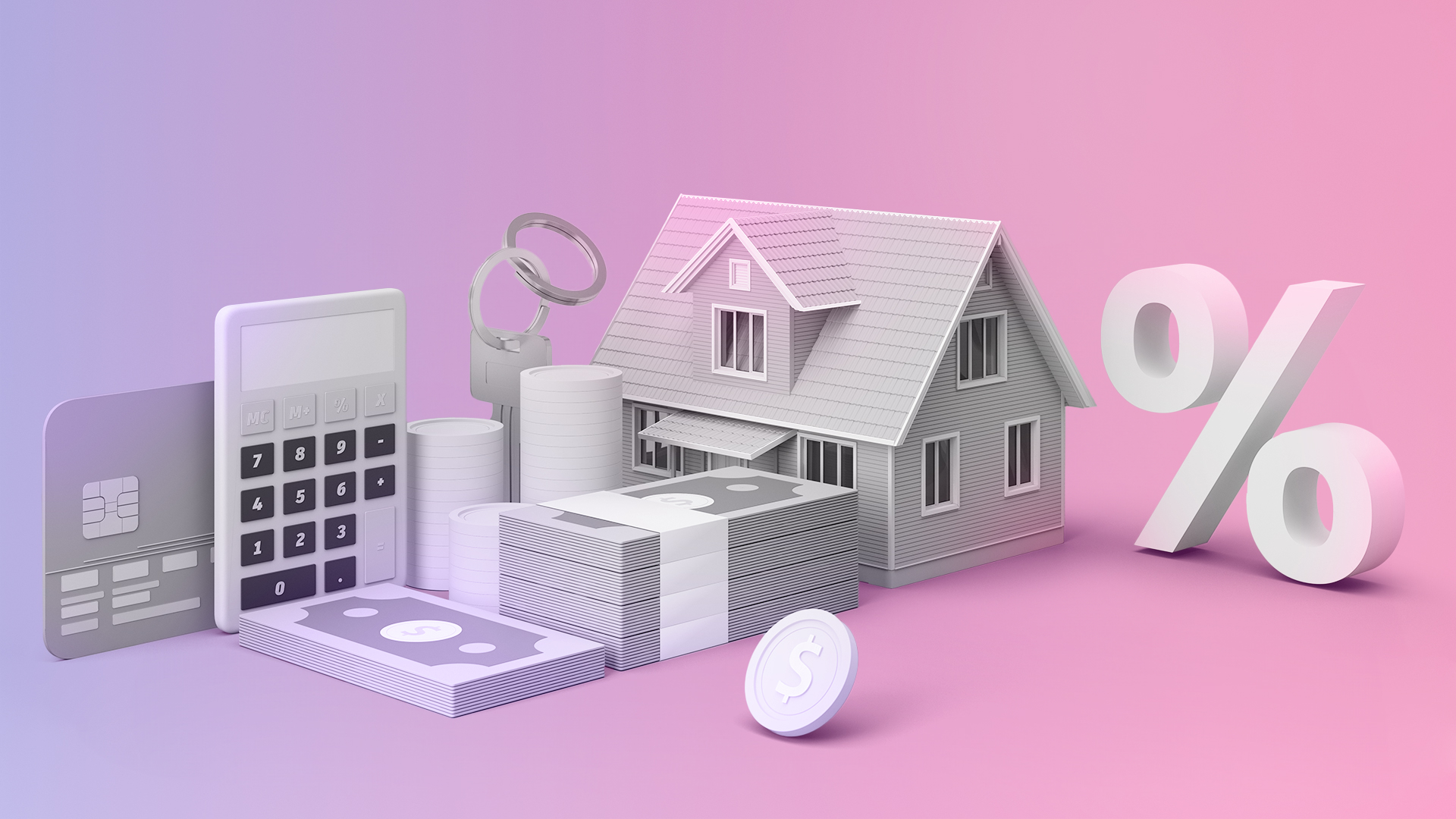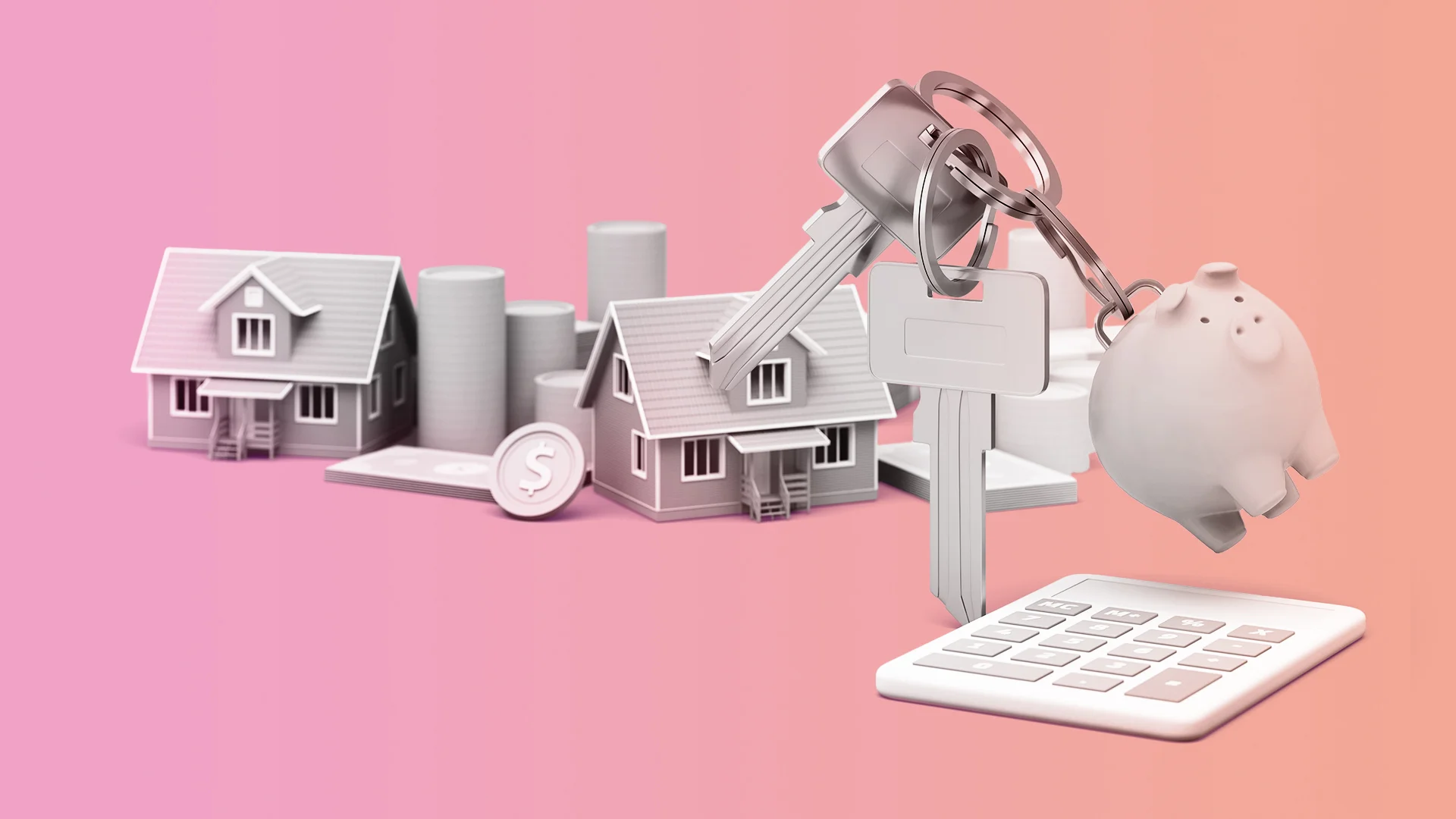What Is the Difference Between a Redraw Facility and an Offset Account?
Here’s the difference between the two features and how they work in different ways.
Whether you’re about to take out a new home loan or you’re in the process of refinancing, chances are you’ve come across redraw facilities and offset accounts. These two features are often available with variable-rate home loans. While each of these features allows homeowners to take advantage of interest savings and can help borrowers pay off a loan quicker, they both serve slightly different purposes and work in different ways. So, if you’re on the hunt for a new home loan, it’s important to know the difference between the two features.
Redraw facility
A redraw facility is a feature that’s attached to your home loan. It gives you access to additional repayments that you’ve made on your home loan, on top of your minimum fortnightly or monthly repayments. Whether you make regular contributions or a one-off payment, it’s completely up to you.
Keep in mind that you can only redraw the cash from your home loan that you’ve made over and above your minimum repayments. If you’ve only ever met your minimum repayments, there won’t be any extra cash to redraw from.
One of the main benefits of a redraw facility is that the more extra repayments you make, the more you chip away at the balance of your home loan, meaning you’ll end up paying less interest. For example, if your principal loan balance is sitting at $400,000 and you have a redraw balance of $50,000, your total loan balance will be $350,000. That means that your daily interest will be calculated on $350,000 rather than $400,000, helping you to save on those extra interest charges.
What if I need to access the money in my redraw?
If you need to use the extra cash that you’ve stashed away in your redraw facility, you can withdraw it at any time, for any reason. This can be a great option if you’re planning renovations down the track or if you need to put the cash towards any unexpected expenses.
Just be aware, this will increase your home loan balance and it may come with tax implications that are worth considering before you redraw that cash. In some cases, there might be a minimum redraw amount, limits or fees attached to using your redraw facility, and timelines to process your request.
Offset account
On the other hand, an offset account is a separate transaction account that’s linked to your home loan. An offset account works in the same way an every transaction account does - you can:
- Deposit money in
- Withdraw cash and
- Make purchases using a debit card that’s linked to the account.
The beauty of an offset account is that the money that you deposit into your account is offsetted each day against the principle of your home loan. Interest is calculated daily and charged monthly against the reduced amount, rather than the full outstanding balance.
In a nutshell, the more money you keep in your offset account, the less interest you’ll pay. This can add up over the life of your home loan, which means you might even be able to pay off your loan quicker than you originally thought.
For example, if your outstanding home loan balance was $400,000 and you had $50,000 sitting in your offset account, you’d only be charged interest on the difference, which is $350,000.
Depending on your lender, you might be able to open multiple offset accounts. Be sure to read the terms and conditions for potential fees or limits on how many offset accounts you can have.
Please note we currently do not offer offset accounts at Unloan, but a linked-CommBank offset account is coming soon.
Redraw vs offset accounts - which feature is better?
When it comes to choosing between an offset account or a redraw facility, there’s no right or wrong answer. Instead, the best option comes down to you and your individual spending and saving habits. Although each of these features can potentially help you to save on your interest and pay off your loan sooner, both offer different benefits that might suit your needs better.
With Unloan, you can save on interest and benefit from our redraw facility if you’ve made additional repayments on your home loan. But if that’s not enough, we’ve also got a stack of other great features that can help you to save more. Chat with us today to find out more about our low-rate home loan.
This article is intended to provide general information only. It does not have regard to the financial situation or needs of any reader and must not be relied upon as financial product advice. Please consider seeking financial advice before making any decision based on this information.
Unloan is a division of Commonwealth Bank of Australia.
Applications are subject to credit approval; satisfactory security and you must have a minimum 20% equity in the property. Minimum loan amount $10,000, maximum loan amount $10,000,000.
Unloan offers a 0.01% per annum discount on the Unloan Live-In rate or Unloan Invest rate upon settlement. On each anniversary of your loan’s settlement date (or the day prior to the anniversary of your loan’s settlement date if your loan settled on 29th February and it is a leap year) the margin discount will increase by a further 0.01% per annum up to a maximum discount of 0.30% per annum. Unloan may withdraw this discount at any time. The discount is applied for each loan you have with Unloan.
There are no fees from Unloan. However, there are some mandatory Government costs depending on your state when switching your home loan. For convenience, Unloan adds this amount to the loan balance on settlement.
* Other third-party fees may apply. Government charges may apply. Your other lender may charge an exit fee when refinancing.





















































